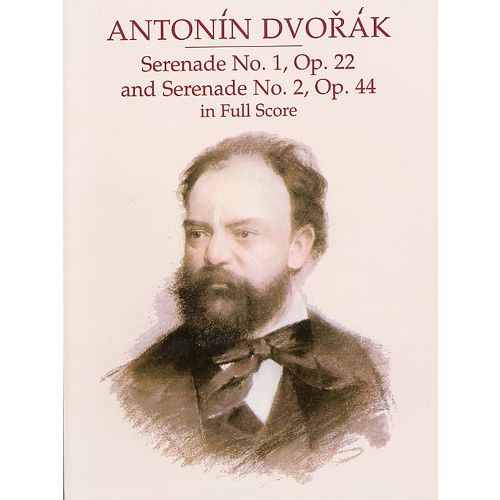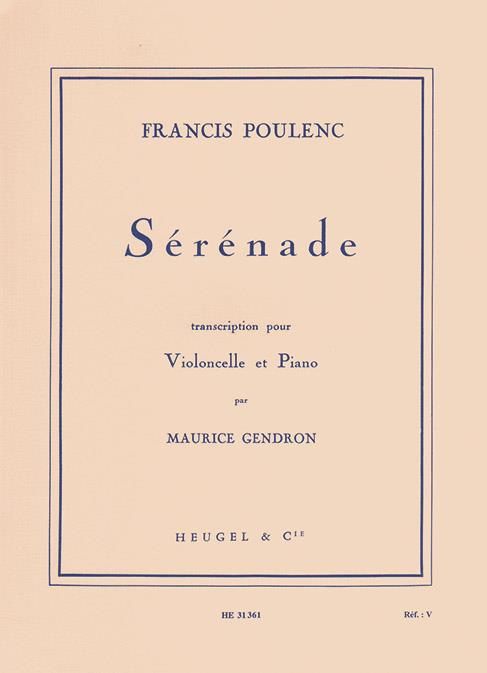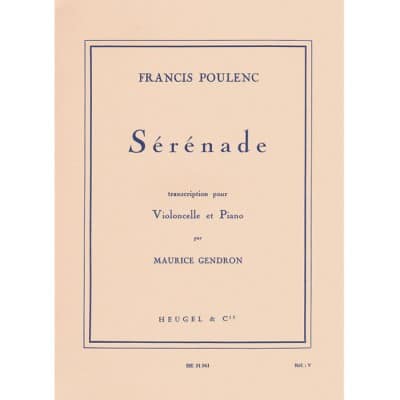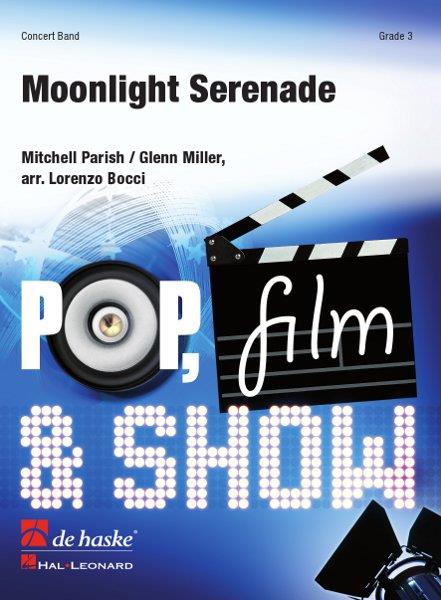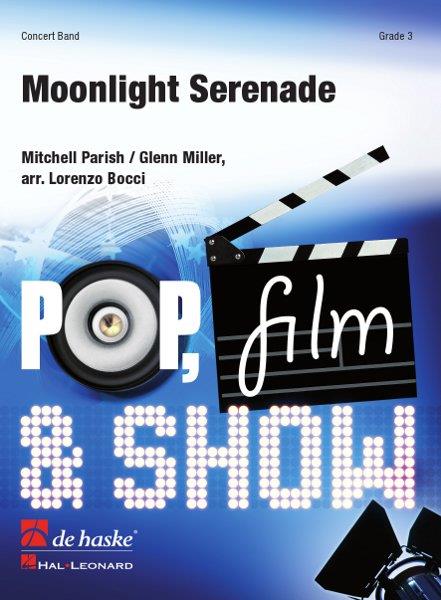Full orchestra Bassoon 1, Bassoon 2, Clarinet 1, Clarinet 2, Contrabass, Crash Cymbals, Flute 1, Flute 2, Glockenspiel, Harp, Horn 1, Horn 2, Horn 3, Oboe 2, Percussion 1, Percussion 2, Piccolo, Suspended Cymbal, Timpani, Trombone 1, Trombone 2, Trumpet 1 and more.
SKU: CF.SC88
Composed by William Grant Still. Full score. 32 pages. Duration 9 minutes, 20 seconds. Carl Fischer Music #SC88. Published by Carl Fischer Music (CF.SC88).
ISBN 9781491158845. UPC: 680160917563.
William Grant Stillas catalog of works comprises over 200 pieces, including five symphonies, nine operas, four ballets and numerous works for chamber ensembles. He initially found employment as an oboist in pit orchestras in New York City, later as an arranger of popular music for various ensembles, including those by William C. Handy, James P. Johnson and Paul Whiteman. His career as a composer was launched with a performance in 1931 of his Symphony No. 1 aAfro-Americana by the Rochester Philharmonic, conducted by Howard Hanson, who would remain a life-long champion of Stillas orchestral works. By the 1950s the symphony had been performed in New York, Chicago, Los Angeles and various European capitals. This notoriety earned Still a Guggenheim Fellowship in 1934, after which he moved to Los Angeles. He is credited as the first African-American to conduct a major orchestra (the Los Angeles Philharmonic Orchestra), the first to have an opera performed by a major company (Troubled Island by the New York City Opera in 1949), and one of the first composers to write for radio, films and television. So numerous were his awards and accolades, including three Guggenheim Fellowships and a variety of honorary doctorates, that he was designated as the aDean of Afro-American Composers.a Still composed his Serenade for Orchestra in 1957 on a commission by the Great Falls High School in Great Falls, Montana. He later transcribed the work for a chamber ensemble of flute, clarinet, harp and strings. The piece reflects Stillas interest in American folk idioms, with conventional melodies and harmonies that nonetheless express a fresh and individual compositional voice.
William Grant Still's catalog of works comprises over 200 pieces, including five symphonies, nine operas, four ballets and numerous works for chamber ensembles. He initially found employment as an oboist in pit orchestras in New York City, later as an arranger of popular music for various ensembles, including those by William C. Handy, James P. Johnson and Paul Whiteman. His career as a composer was launched with a performance in 1931 of his Symphony No. 1 Afro-American by the Rochester Philharmonic, conducted by Howard Hanson, who would remain a life-long champion of Still's orchestral works. By the 1950s the symphony had been performed in New York, Chicago, Los Angeles and various European capitals. This notoriety earned Still a Guggenheim Fellowship in 1934, after which he moved to Los Angeles. He is credited as the first African-American to conduct a major orchestra (the Los Angeles Philharmonic Orchestra), the first to have an opera performed by a major company (Troubled Island by the New York City Opera in 1949), and one of the first composers to write for radio, films and television. So numerous were his awards and accolades, including three Guggenheim Fellowships and a variety of honorary doctorates, that he was designated as the Dean of Afro-American Composers. Still composed his Serenade for Orchestra in 1957 on a commission by the Great Falls High School in Great Falls, Montana. He later transcribed the work for a chamber ensemble of flute, clarinet, harp and strings. The piece reflects Still's interest in American folk idioms, with conventional melodies and harmonies that nonetheless express a fresh and individual compositional voice.
William Grant Stillâs catalog of works comprises over 200 pieces, including five symphonies, nine operas, four ballets and numerous works for chamber ensembles. He initially found employment as an oboist in pit orchestras in New York City, later as an arranger of popular music for various ensembles, including those by William C. Handy, James P. Johnson and Paul Whiteman. His career as a composer was launched with a performance in 1931 of his Symphony No. 1 âAfro-Americanâ by the Rochester Philharmonic, conducted by Howard Hanson, who would remain a life-long champion of Stillâs orchestral works. By the 1950s the symphony had been performed in New York, Chicago, Los Angeles and various European capitals.This notoriety earned Still a Guggenheim Fellowship in 1934, after which he moved to Los Angeles. He is credited as the first African-American to conduct a major orchestra (the Los Angeles Philharmonic Orchestra), the first to have an opera performed by a major company (Troubled Island by the New York City Opera in 1949), and one of the first composers to write for radio, films and television. So numerous were his awards and accolades, including three Guggenheim Fellowships and a variety of honorary doctorates, that he was designated as the âDean of Afro-American Composers.âStill composed his Serenade for Orchestra in 1957 on a commission by the Great Falls High School in Great Falls, Montana. He later transcribed the work for a chamber ensemble of flute, clarinet, harp and strings. The piece reflects Stillâs interest in American folk idioms, with conventional melodies and harmonies that nonetheless express a fresh and individual compositional voice.
Publisher : Carl Fischer$25.00 - See more - Buy online
 (AMERICAN COMPANY)
(AMERICAN COMPANY) 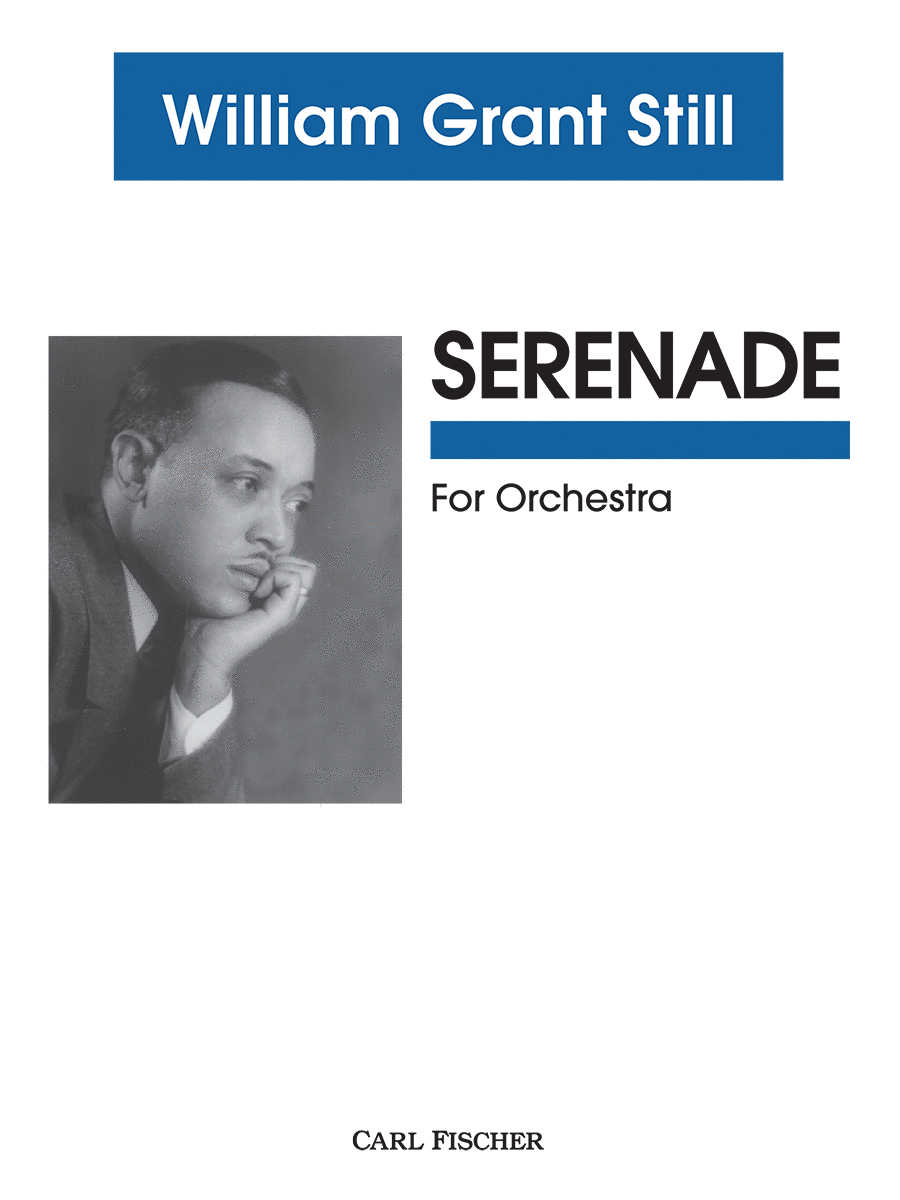
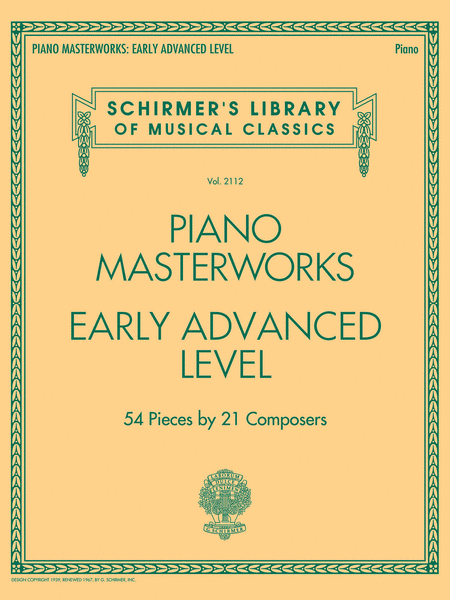

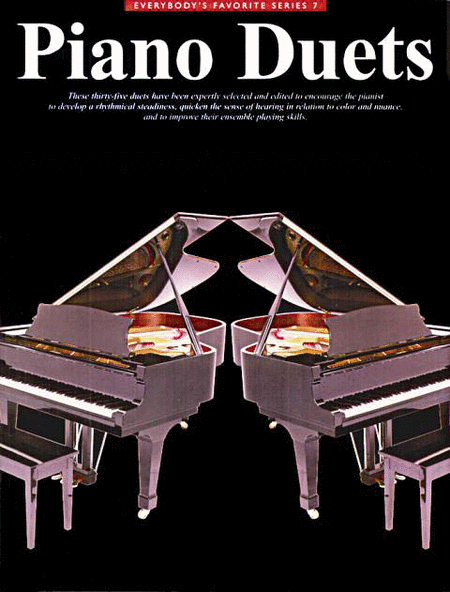
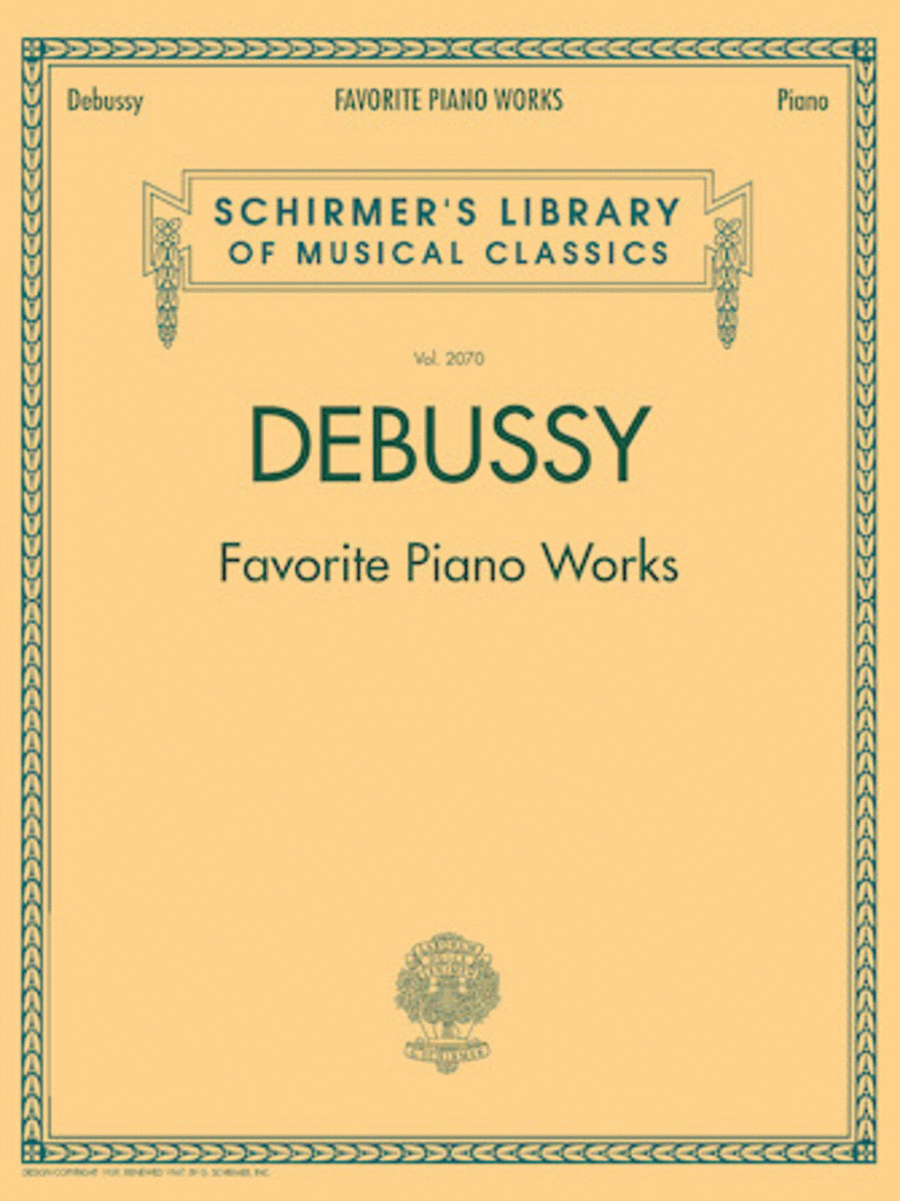
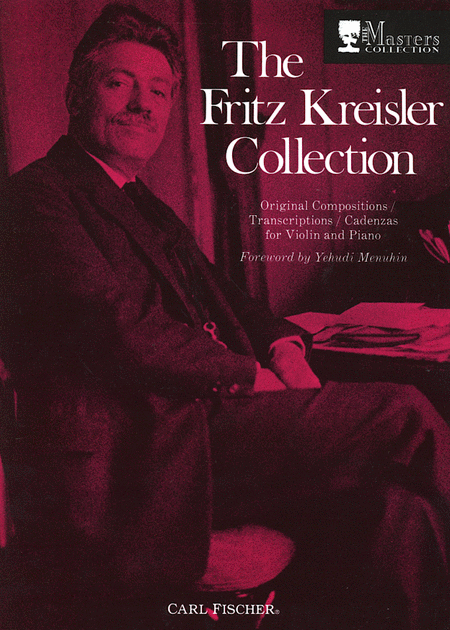
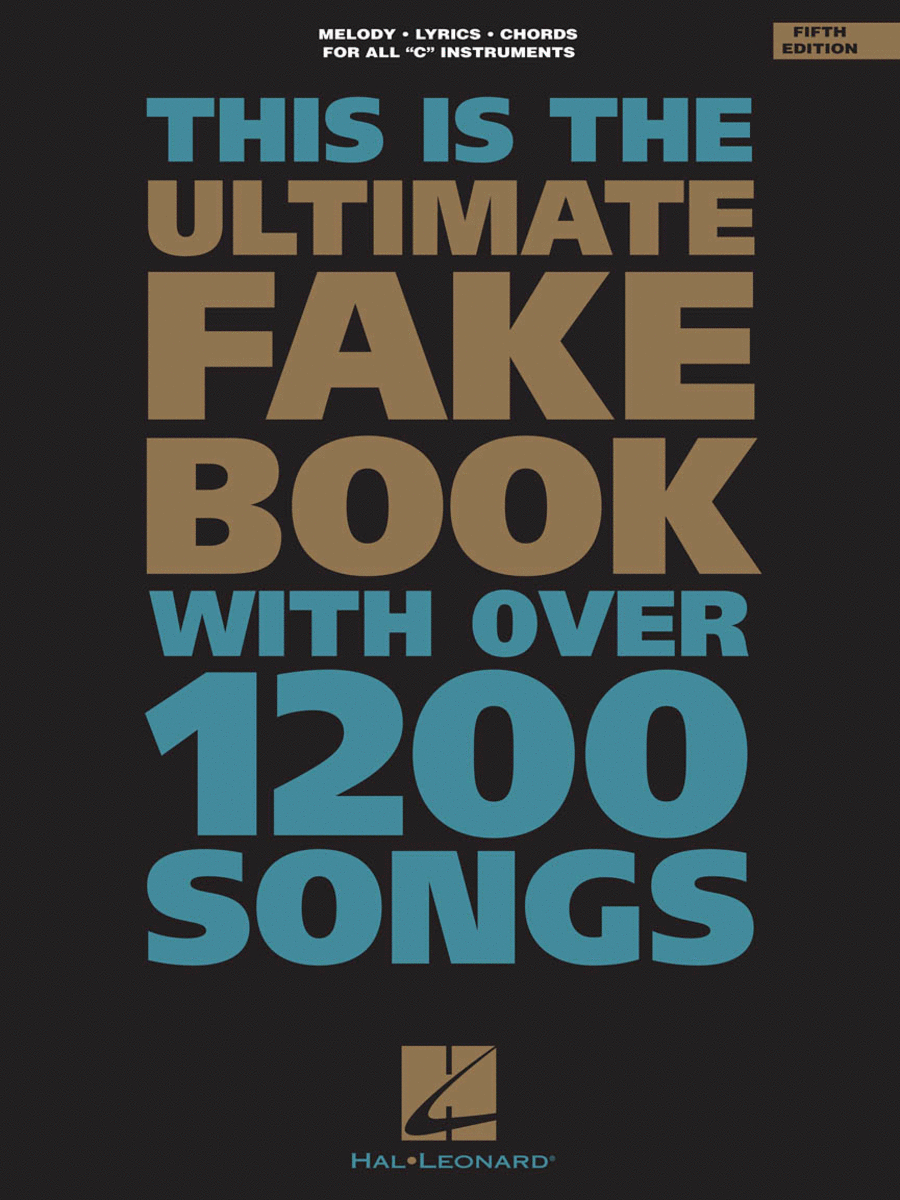
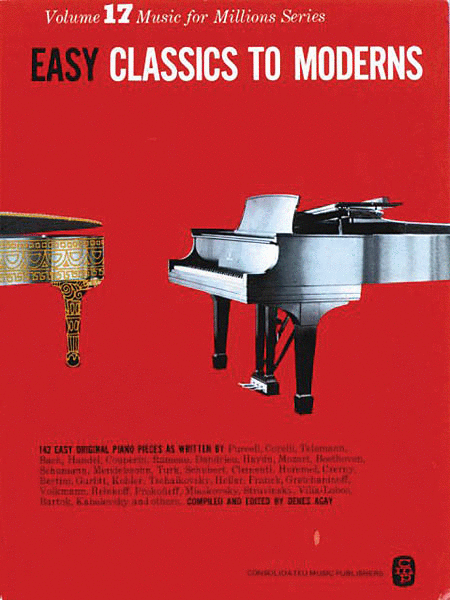
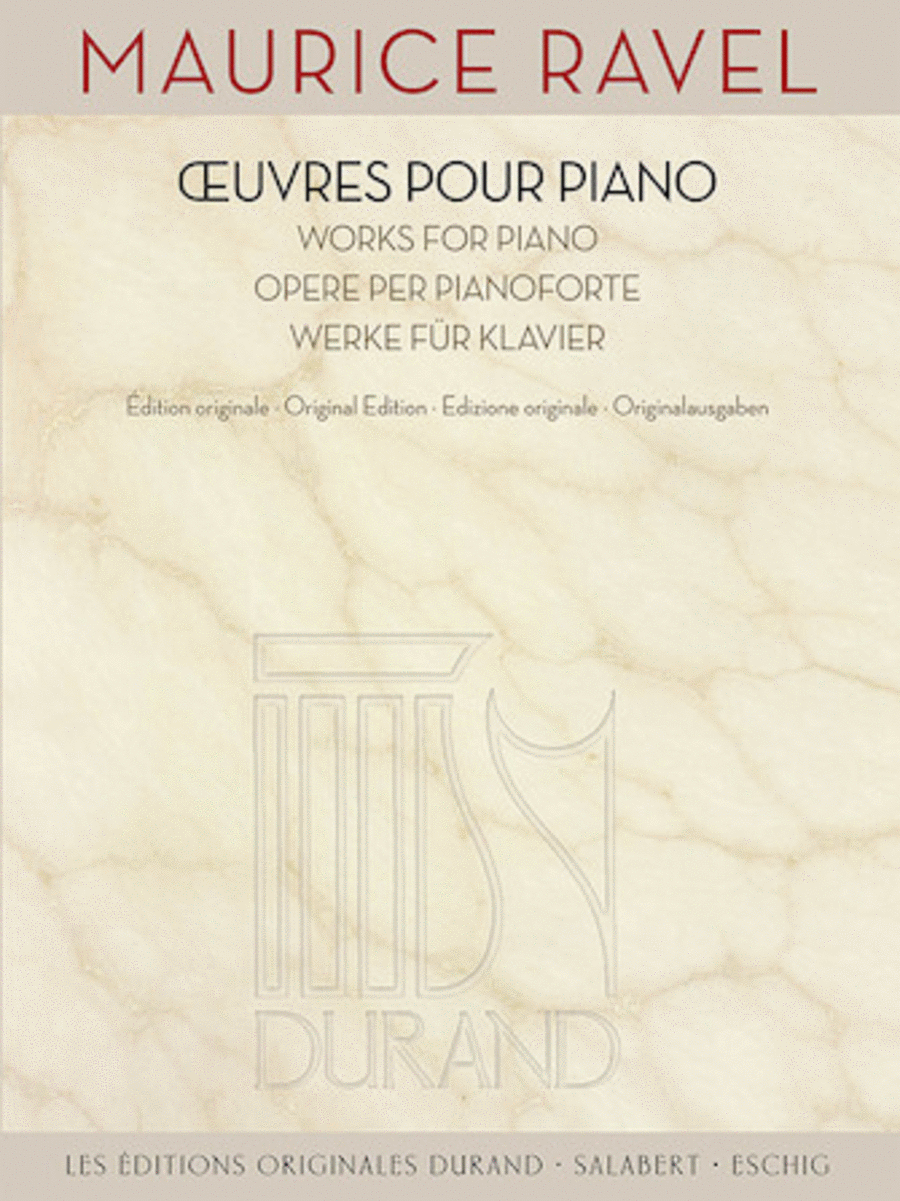
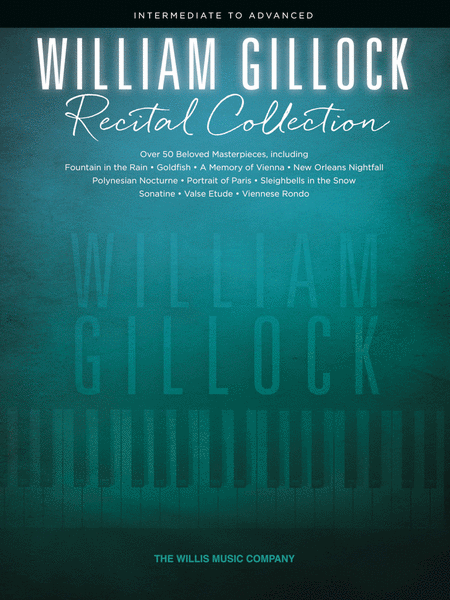
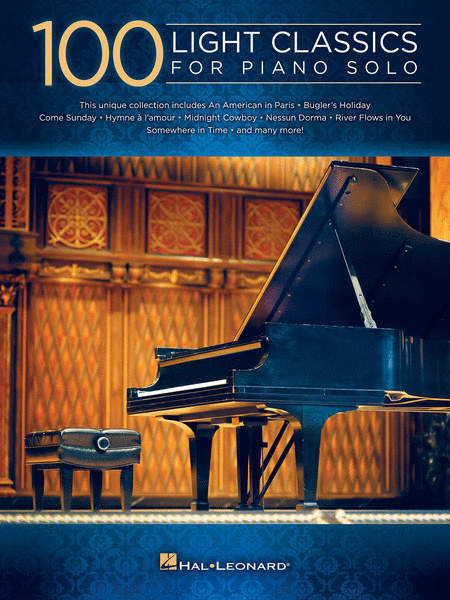
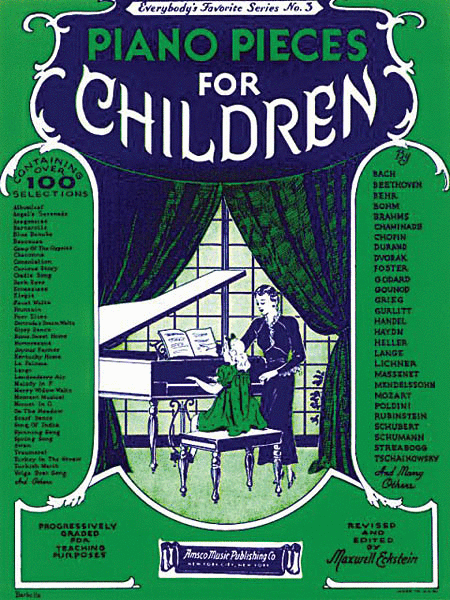
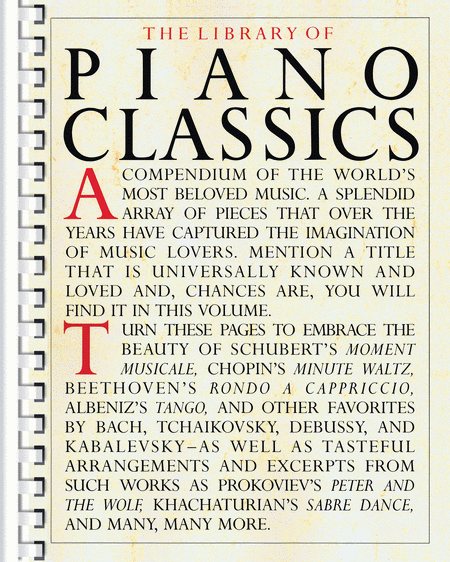
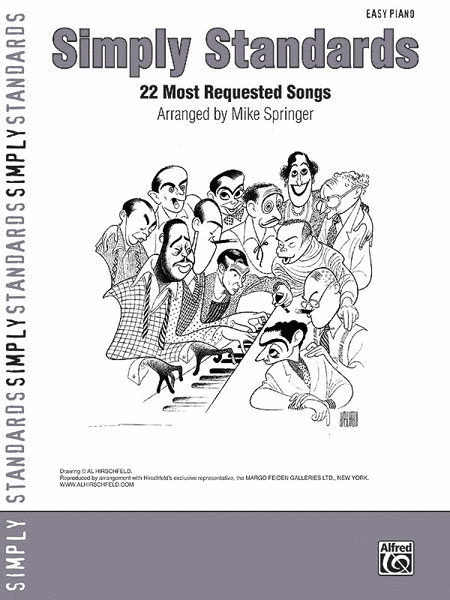
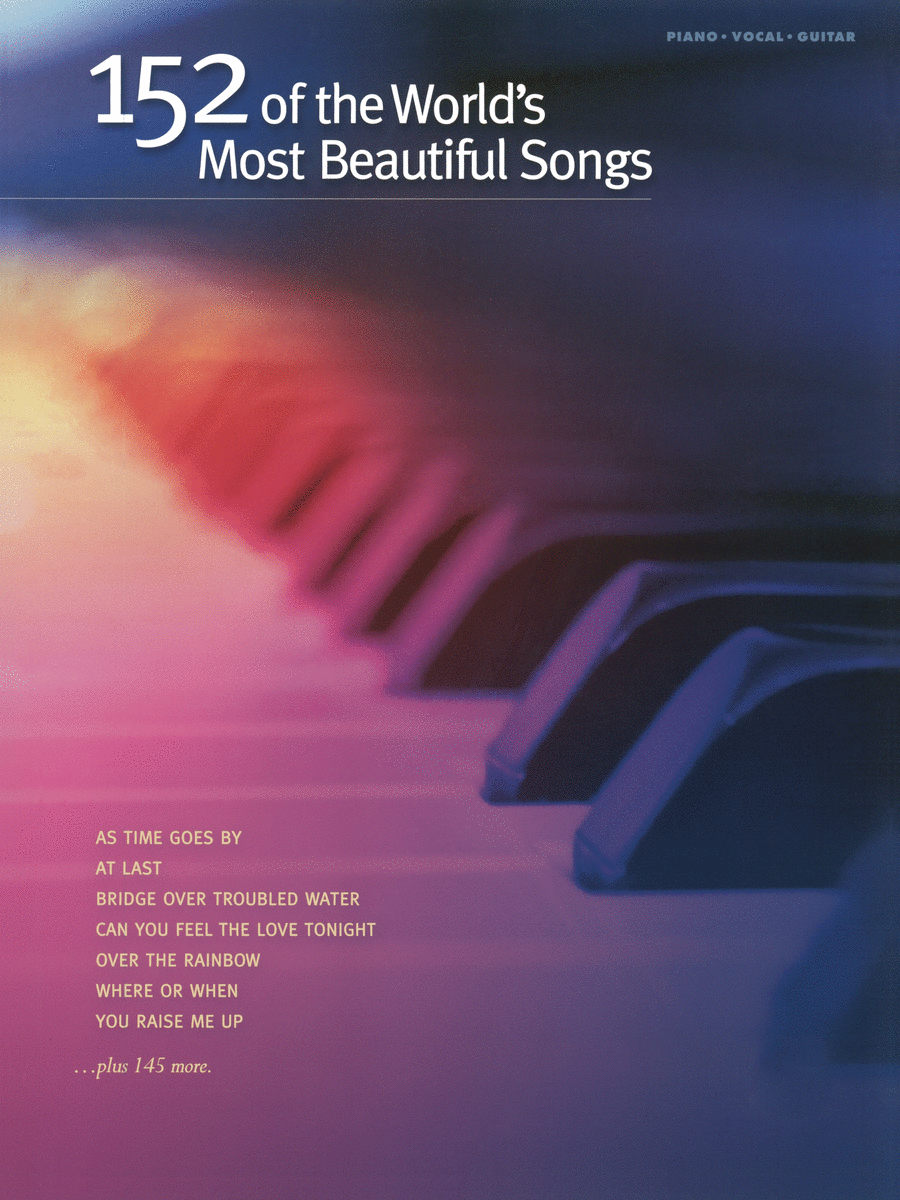
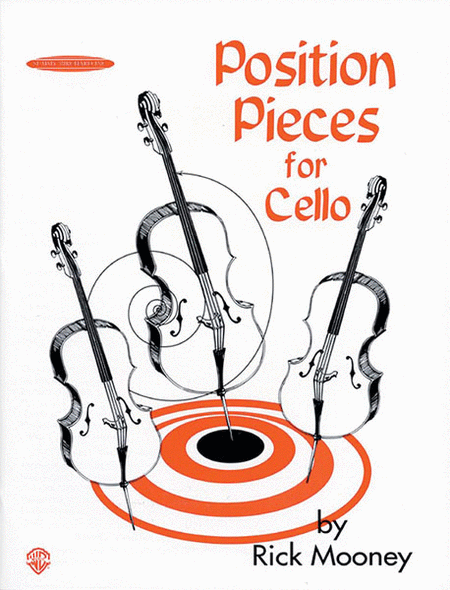
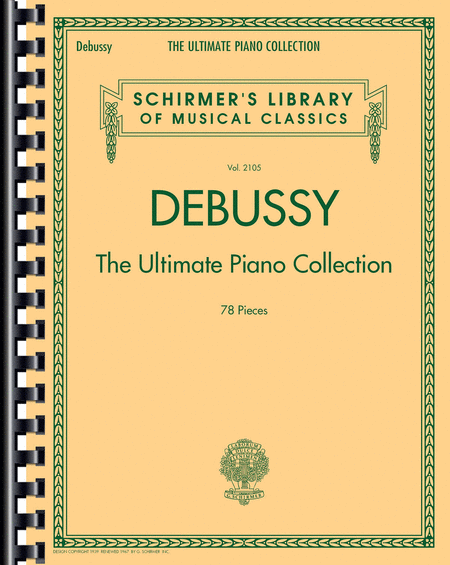
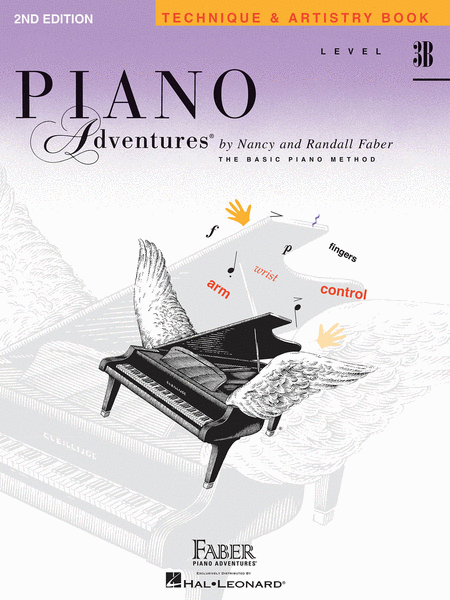
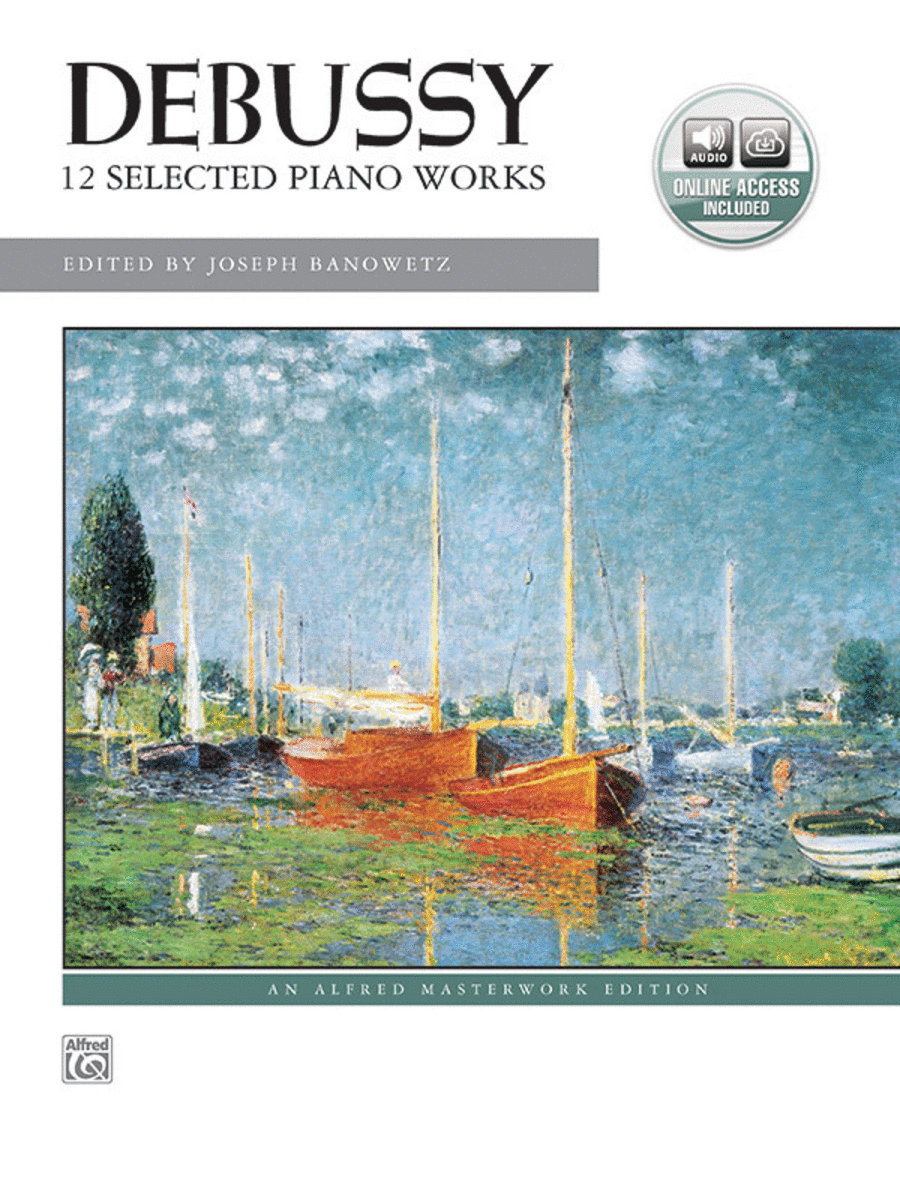
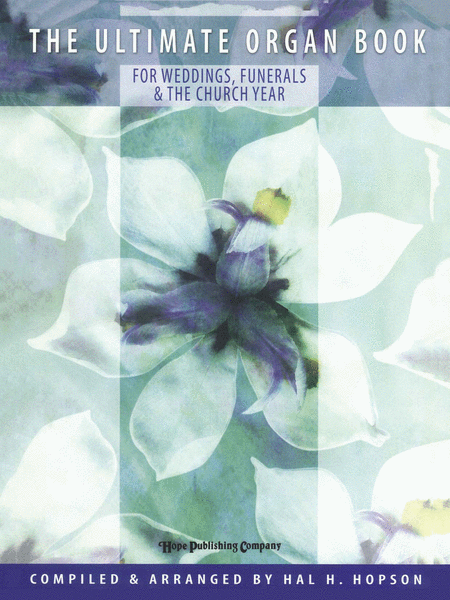
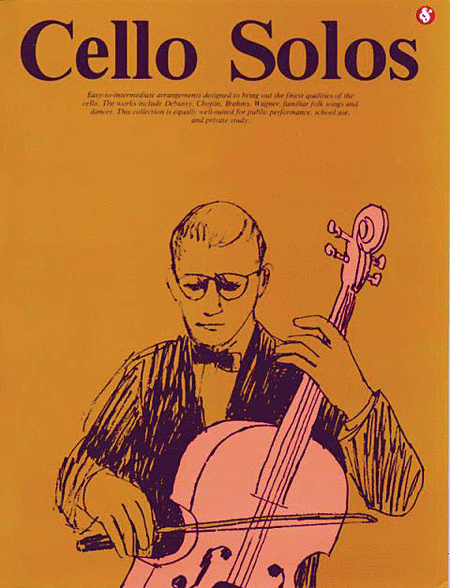
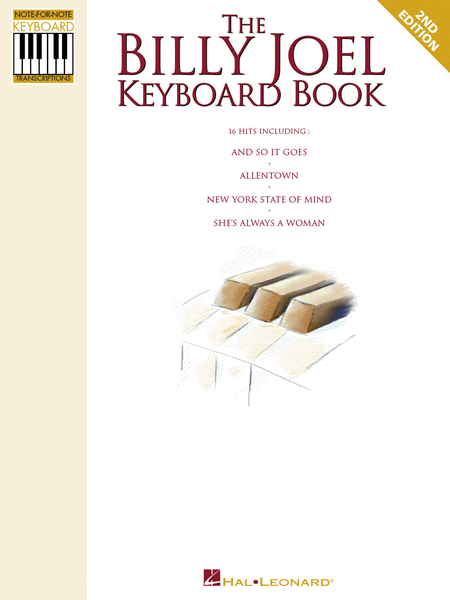
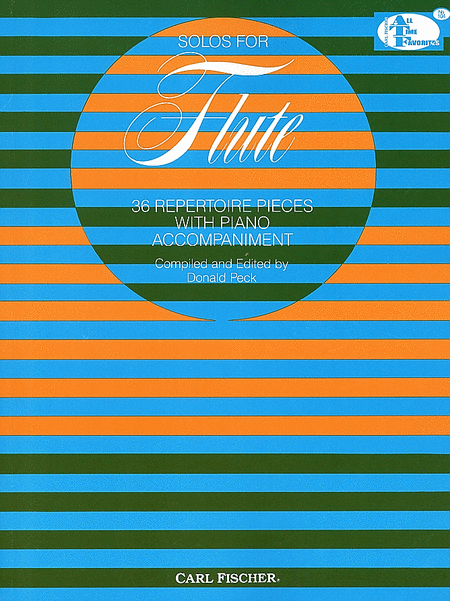
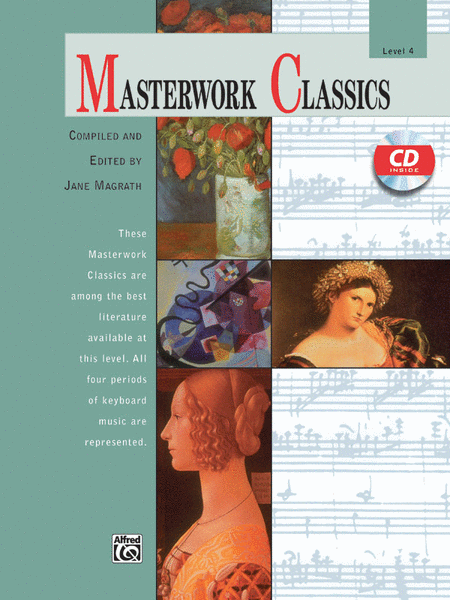

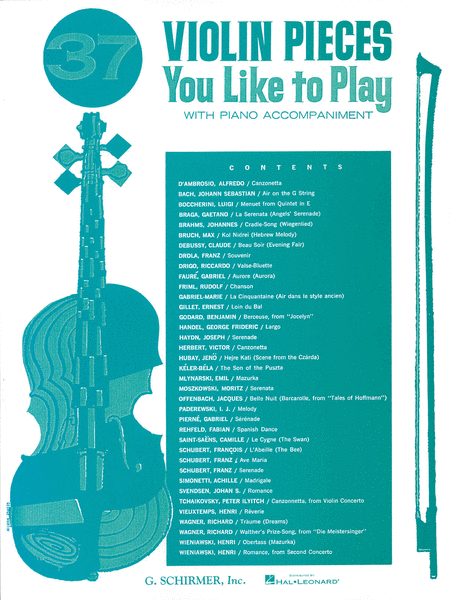





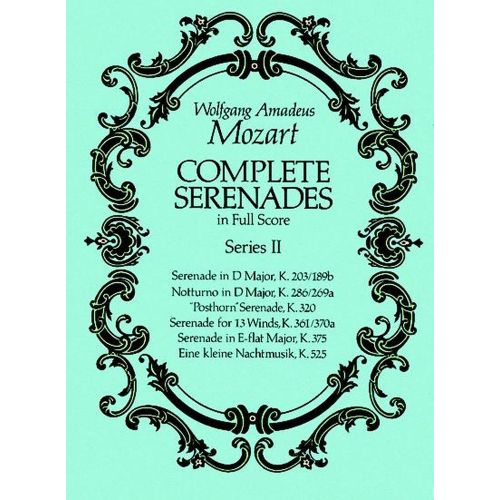



 Available for the first time: easy to advanced solo works from the Rubank archives with online performance and accompaniment recordings, printable piano accompaniments, and PLAYBACK audio tools. This new collection of 13 Rubank s
Available for the first time: easy to advanced solo works from the Rubank archives with online performance and accompaniment recordings, printable piano accompaniments, and PLAYBACK audio tools. This new collection of 13 Rubank s


